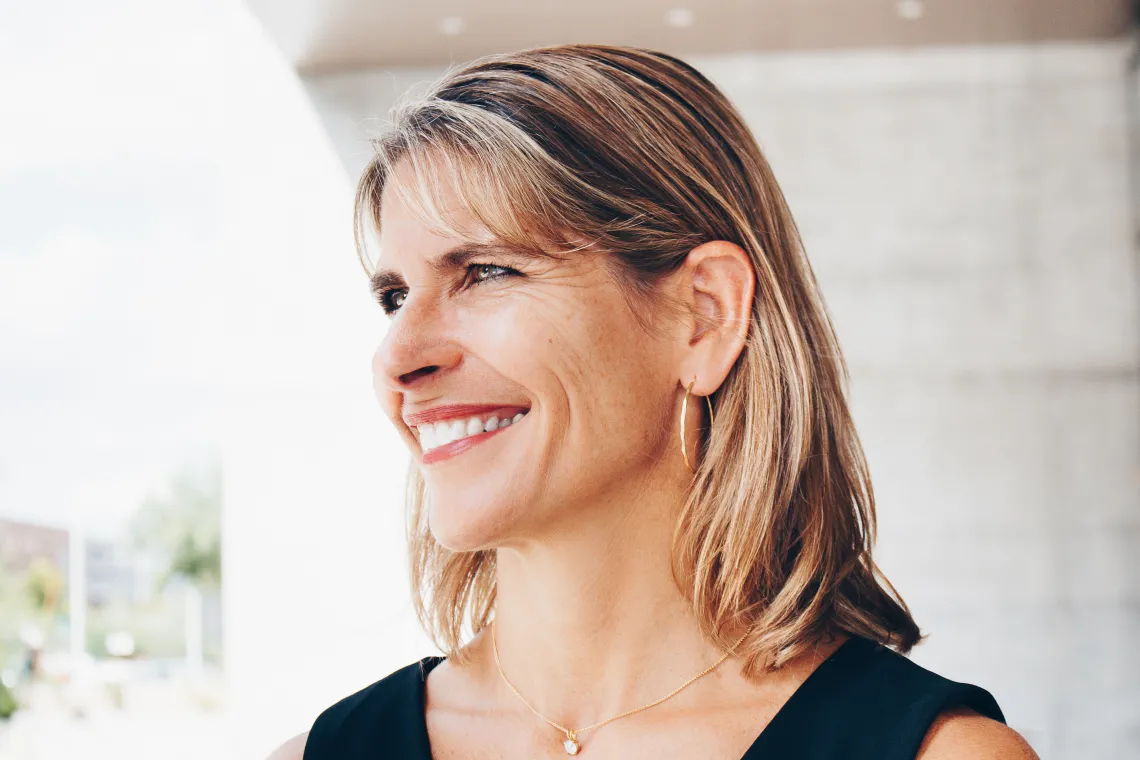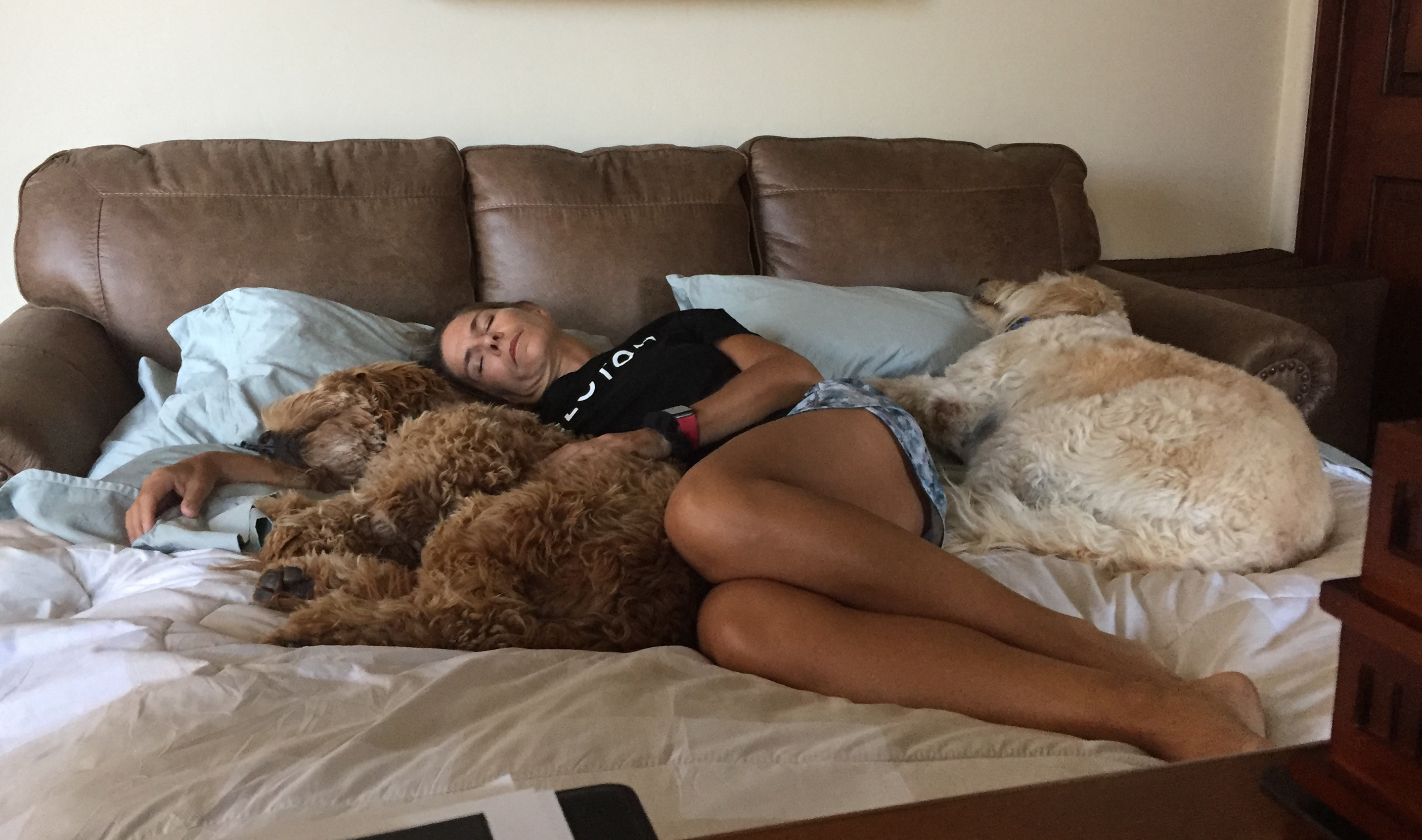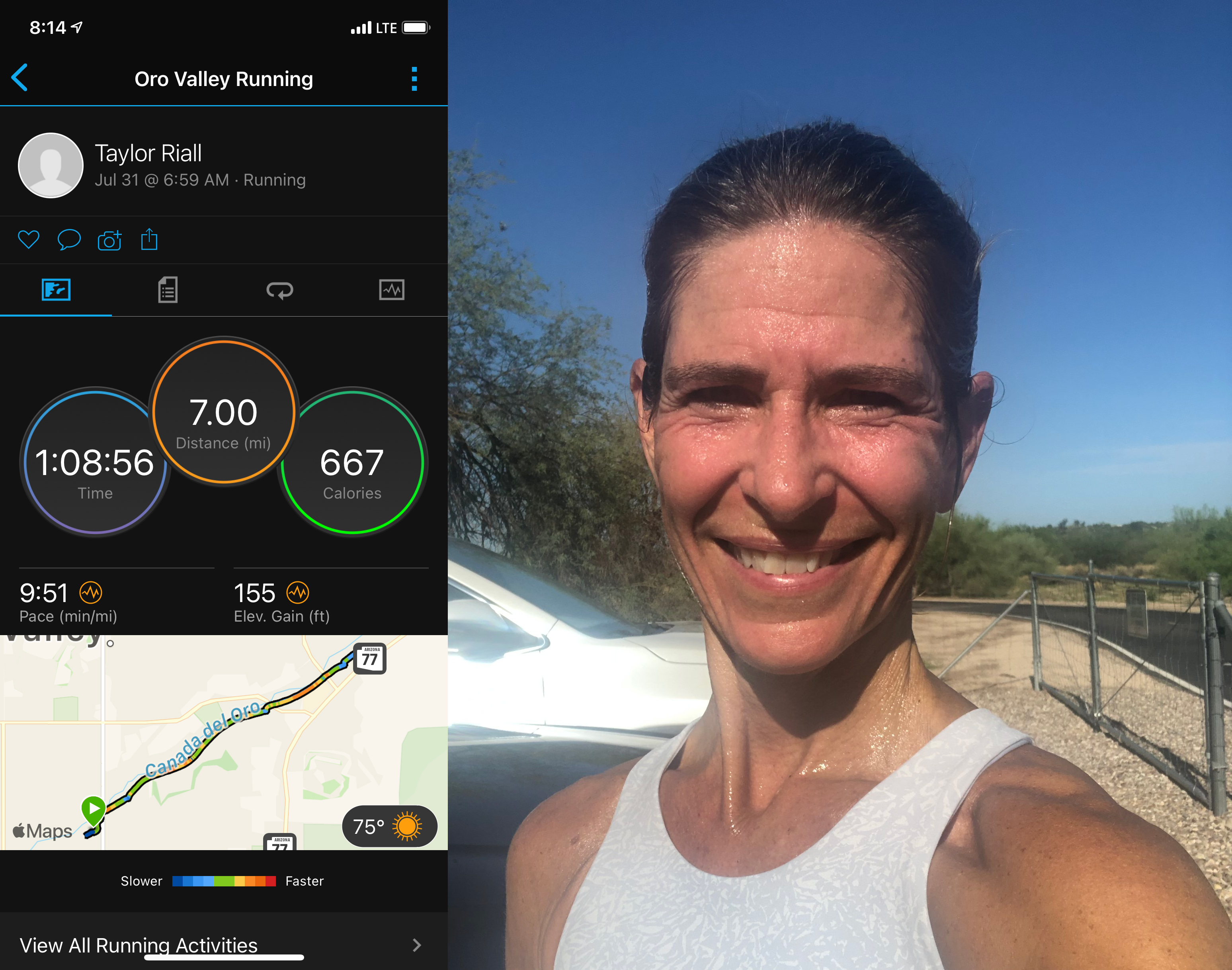One Breath at a Time: Part 1

In June of this year, after six months of incessant coughing, three months of treatment for Valley Fever, and three bronchoscopies, I was diagnosed with lung cancer. Without any risk factors for lung cancer and some cofounding factors (like living in Arizona, where Valley Fever is endemic), the diagnosis was hard to make. But deep down, I knew my body, and I knew something was wrong.
When the diagnosis finally came, I wasn’t surprised, but at the same time, I was shocked. I will be 50 in August. I have taken care of my body exercising, eating right, never smoking or drinking. What did I do wrong? Why is this happening to me? What, exactly, does my body want?
It was a lot to process. While these things never come at a good time, this moment felt particularly challenging. I have been interim chair of the Department of Surgery for two years, and the college had just launched a formal Chair Search. I didn’t want anyone to know I had lung cancer, but of course, nearly everyone did; many of my colleagues took care of me at different points in the process. I finally decided it was better to just tell people but sharing the news of my diagnosis often led to an uncomfortable moment. I would break the tension by saying that my plan was to start smoking, drinking, and eating whatever I wanted, since my current lifestyle clearly wasn’t working. This was as much to lighten the mood for me as it was to put others at ease and open the door for people to talk about it and ask me questions.
"If this experience has taught me anything, it’s that you need to sit with pieces. Sitting with the pieces helps you decide how you want to put them back together; to decide which pieces fit, which no longer fit, and what you want your life to look like moving forward."
I am luckier than most young, non-smoking women who get lung cancer because we found it at an early stage. Even with that knowledge, the process of getting PET scans, brain MRIs, and waiting for the final pathology was a time of great anxiety. What if the PET is positive for distant disease? Or the nodes are positive on final pathology? I would spend all my spare time reading about lung cancer, genetic mutations, prognosis, the percent of patients who had positive nodes after negative PET. I knew I needed to stop reading about it, but I couldn’t.
I had surgery on June 11 to remove the cancer in the left upper lobe of my lung. My surgeon told me to expect to stay for four days in the hospital, but that some patients go home in three. I saw myself bouncing back right away: I would be out in three days and back to work only 17 days after the procedure. It was, after all, ‘minimally invasive.
Then, it didn’t go quite as planned. The surgery itself went fine, but I had unexpected complications. I bled the first night, dropping my hemoglobin from 13.5 to 7.0. With 1.5 lungs, a hemoglobin of 7.0, and the physiologic insult of surgery and anesthesia, I felt like a shell of the person I was just days prior. I now have first-hand appreciation of the pain caused by a chest tube, and when I needed a second chest tube on postop day 3 (yes, a smaller tube, but a miserable experience nonetheless), my whole demeanor changed. This wasn’t going the way I had planned or envisioned. It was all I could do to get up every day, carry my pleurevac and walk in circles around the small hallway until I had blisters on my toes with a heart rate higher than the heart rate at which I used to run 7:30 minute miles.
I went home at five days. My mom was there to watch our dogs and take care of me after surgery (you never stop being a mom, I guess). My spirits were really low in the first weeks home. Sleeping, which used to be my superpower (anytime, anywhere), was now difficult due to pain and fear of the future. I was absolutely exhausted. When I tried to get on my Peloton bike or treadmill, I could barely move without being short of breath and tachycardic. I was angry at my body, which I treated well all my life; I felt like it betrayed me. I had no idea what it wanted and had a strange sense of dissociation from it. I have so many people who love me and support me, but I didn’t want to talk to anyone. Even when I got the good news that the cancer was stage IA2, all I could see was how bad I felt and how far I was from my ?normal. I didn’t have any idea how I would be able to go back to work and be ?on? all the time. Then I slowly realized that I didn’t have to. I took time to take care of myself and allowed myself to feel all of these things.

Dr. Riall rests with her dogs on her couch at home.
Navigating my diagnosis and subsequent treatment made me think of a session on Kintsugi that I did with our general surgery residents as part of our wellbeing and resiliency program. In Japanese, kin? is ?golden? and ’tsugi? is ?healing. Kintsugi is a Japanese art form and process where pottery is wrapped in a cloth, broken with a hammer, and put back together with beautiful gold filler in the cracks. The process is introspective and deliberate. The hammer is symbolic of those challenges or pivot points in our lives that change us and define who we are. The cloth is representative of the things or people that hold us together during those difficult times. The final product represents the strength and beauty we gain from going through those experiences, emotions, and challenges and emerging on the other side. The end product, with the cracks highlighted, is beautiful and strong in its own right.
The diagnosis of lung cancer definitely represents a pivot point in my life. A hammer. I knew the moment I heard it that I would never be quite the same. As surgeons we are taught to be strong. We want to rush in and fix the problem. We want to clean up our mess quickly and hope people only notice the tidy result. If this experience has taught me anything, it’s that you need to sit with pieces. Sitting with the pieces helps you decide how you want to put them back together; to decide which pieces fit, which no longer fit, and what you want your life to look like moving forward.

A month and a half after her surgery, Dr. Riall went for her first run outside. She is preparing for the "Gabe Zimmerman Triple Crown" this fall.
Now, about seven weeks after my surgery, I am back at work. I feel human again. Instead of being angry, I am grateful that I have early stage lung cancer. As I treat some of my own patients with incurable cancer, I realize just how lucky I am. Lucky that I started coughing. Lucky that I knew enough about my body to recognize that something was wrong. Lucky that my doctors listened to me. And lucky that we found it at a treatable stage, giving me time to do many of the things that are most important to me. And giving me clarity about what those things are.
I will say that as I recover, I am failing miserably at my unhealthy lifestyle. I have built my strength back slowly and methodically. My years of surgical training have helped me be both perseverant and resilient. Having so many people around me who support me both at work and at home has been invaluable. From the day I got home, I got on my Peloton at first for just a few minutes at time, then steadily longer and faster. Initially, I was fixated on how many standard deviations I was from where I was six months ago. It has been a great exercise in practicing mindfulness and understanding that where I was before is irrelevant. Where I am now is what is important; I am on my Peloton or running outside every day, and every day I make progress.
Look for me on the Peloton, where I go by WhoNeeds2Lungs, from Tucson, AZ. I am striving to run the ?Gabe Zimmerman Triple Crown? in Tucson this fall: a 5K in August, a 10K in September, and a half marathon in October. Many from my department are going to run by my side. It is about progress, not perfection, and I see that progress every day.

